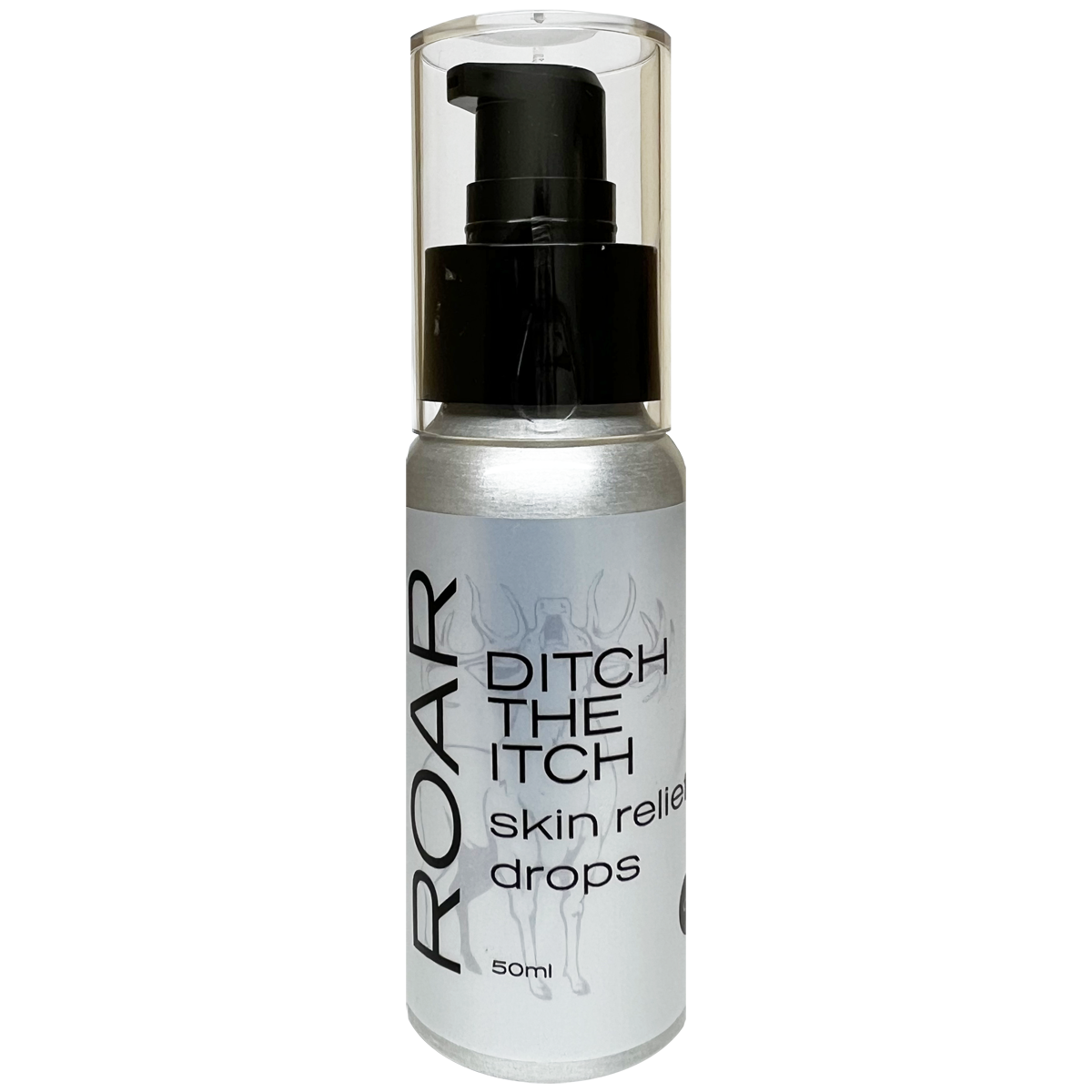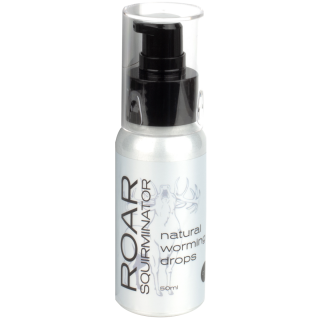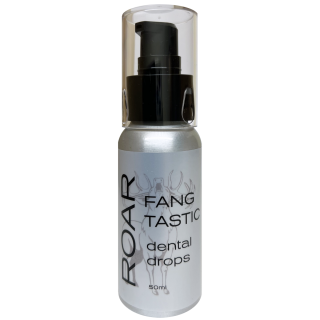ROAR – Ditch the Itch – Skin relief drops 50ml
What is ROAR Ditch the Itch drops?
ROAR Homeopathic remedies for all animals.
ROAR’s DITCH THE ITCH skin relief drops are formulated to act as a reactant to hot, irritated, hyper-sensitive, or ‘burning’ sensation in the skin – regardless of cause.
ROAR believe in treating the root cause – not just the symptom – and itchy skin, isn’t just skin deep.
More information from the link below:
ROAR – Ditch the Itch drops
Skin relief drops
ROAR’s DITCH THE ITCH skin relief drops are formulated to act as a reactant to hot, irritated, hyper-sensitive, or ‘burning’ sensation in the skin – regardless of cause.
ROAR believe in treating the root cause – not just the symptom – and itchy skin, isn’t just skin deep
Tags: dogs, skin, dog, pets, pet
Supplement facts
Ingredients:
DITCH THE ITCH non-toxic skin relief drops are prepared in a base of vegetable glycerine and distilled water.
Other ingredients include: Sulphur and Natrum muraticum and Potentised histamine.
How to use:
Day 1:
administer a loading dose, every 15 minutes for up to 2 hours. STOP DOSING, during this period, when symptoms begin to subside. 1 pump = 1 dose. Administer dose on a small piece of healthy treat, in a clean mouth. Do not feed
for 15 minutes either side of dosing, as the drops are at their most efficacious when given like this. Clean water only, should be offered during this time.
Days 2 and 3:
Dosing from this point onwards is really dependant on the correction of any root cause problems, e.g. if your pet came into contact with stinging nettle, or kikuyu grass and they had a strong response to this, then yesterday’s treatment would have gone a long way to resolving it. If the itch is more chronic (e.g. this is a long term situation, and you are looking to resolve underlying issues, you can dose up to 3 times, across these 2 days. Once again, administer drops as laid out in the day 1 treatment protocol.
Day 4 onwards:
as stated in day 2 and 3, we are looking to resolve the root cause of the itching. So much of dosing, moving forward, is based on this. Some dogs will require daily dosing to keep their itch at bay – you can put 2 pumps of the remedy into a water bowl daily so they dose themselves when they drink, or you can continue to dose on a treat, up to twice daily. Whilst seeking the root cause, you can always cease dosing for a day or so. If the cause is not addressed, the itching will come back quickly. Continue dosing, as needed.
Caution:
Not recommended for animals 12 weeks or under as it may loosen stools
Storage:
The remedy must be stored in a cool place, away from direct sunlight, heat and strong smells, as this is proven to break down the efficacy of the product. An ideal storage space is a bedroom drawer or a kitchen cupboard away from strong smelling substances (e.g. spices) and heat (e.g. where the sun hits or
where the kettle is boiled). As with conventional medicine, the optimal temperature is 10-20 degrees Celsius, for storage. Do not store in the refrigerator.
Benefits
• Support with itchy, hot, hyper-sensitive and burning skin -regardless of the cause
• Easy to use aluminium pump bottle
• Entirely non-toxic and safe for use for any animal
• Safely used alongside current prescription medication and supplementation,
• Safe for use in pregnant and lactating animals
• Made in New Zealand, from products sourced in New Zealand
Additional Information
Supporting information:
80% of triallists experienced ceasing of itching once their diet had changed. Lamb, beef, pork and chicken proved to be the biggest food triggers, followed by grain-based foods. Dogs with food-based skin issues tended toward random itching; feet and legs, armpits, belly, anus, face and ears, commonly being affected.
About 35% of triallists experienced environmental itch causing triggers, like grasses, and contact with chemicals. Dogs with environmental and contact type allergies experienced most symptoms where their bodies made contact with the trigger; feet, belly, anus all being typical areas affected.
In every participant, where itching was a chronic issue, springtime was the most aggravating time of year, causing an acute flare-up of their common problem.






